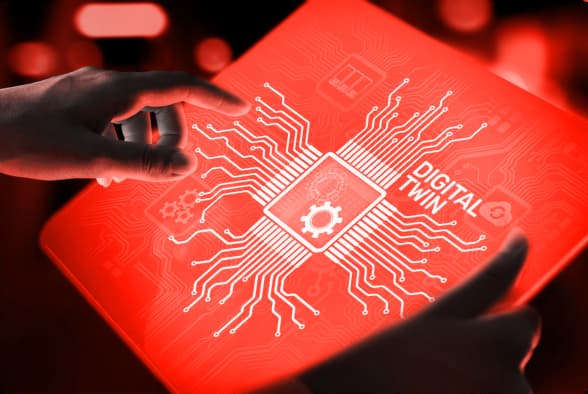
The Quantivly digital twin platform
There are many approaches to improve radiology operations, but traditional methods require trial-and-error experimentation that can be costly and disruptive. The digital twin is a model in software that continuously assimiliates new data to capture the entirety of your department’s physical and operational system – including scanners, processes, and people – so that you have a complete view of your operations. Predict the impact of interventions and finally replace a reactive approach with an engineering mindset to radiology operations.
